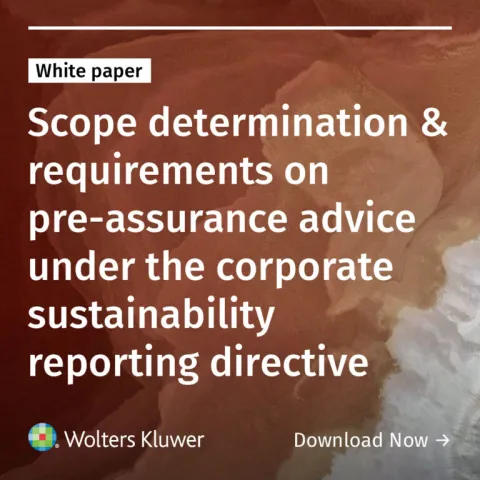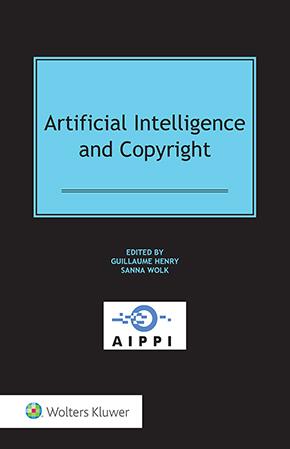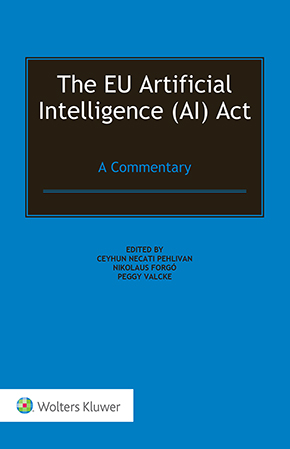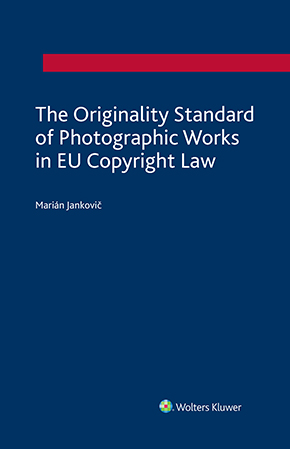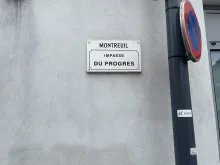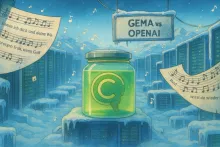Copyright as a Freedom of (Artistic) Expression Right? The Dangers and Human Rights Law Misconceptions in the AG’s Opinion in Pelham II
July 18, 2025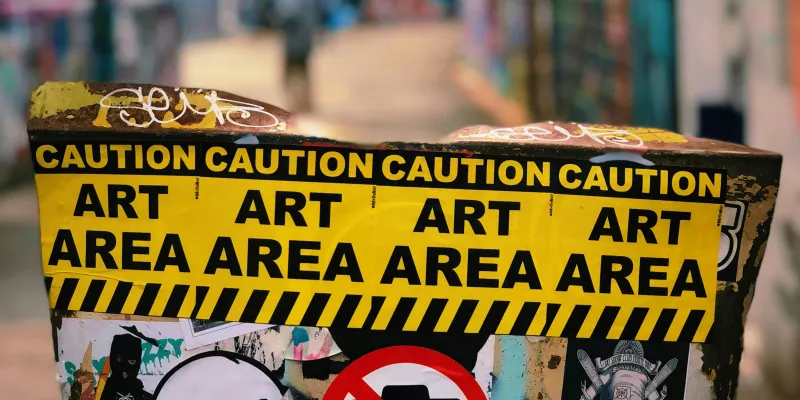
Following up on the initial comment by Sabines Jacques published on this blog about Advocate General (AG) Emiliou’s recent Opinion in the Pelham II case – which examined his interpretation of the pastiche exception and suggested a broader shift in EU copyright law toward accommodating creative reuse – this second comment turns to a more provocative aspect of the Opinion: the AG’s claim that copyright holders’ exclusive rights may be grounded not only in property but also in the right to freedom of artistic expression.
Where the earlier comment highlighted the Opinion’s potential to enhance artistic freedom, this analysis critically examines the human rights logic underpinning that ambition. It argues that, paradoxically, the AG’s framing risks transforming freedom of expression into a means of reinforcing exclusivity.
Indeed, in his Opinion, the AG took a novel step – at least within EU copyright jurisprudence – by characterizing the exclusive rights of copyright holders as grounded not only in the fundamental right to property but also in the right to freedom of artistic expression, as enshrined in Art. 13 of the EU Charter. While this dual grounding is not unfamiliar in academic discourse, its appearance in EU legal reasoning marks a significant and potentially contentious development.
From this dual grounding, the AG inferred that a particularly strong protection of copyright holders’ exclusive rights was justifiable in human rights terms. This protection, he argued, should be stronger than if those rights were grounded solely in the right to property, as it sets up a different type of conflict: not merely between the property rights of copyright holders and the freedom of expression of follow-up creators (such as music samplers), but between the freedom of expression of original creators and that of subsequent creators. In the AG’s view, because the right to freedom of expression ranks higher in the (albeit implicit) hierarchy of human rights than the comparatively “mundane” right to property, exclusive copyright rights – when conceptualized as grounded in freedom of expression – deserve heightened protection against the similarly expression-based claims of derivative creators.
This logic, however, seems to fundamentally reverse the very purpose of introducing freedom of (artistic) expression (and other human rights of users of copyright-protected subject-matter) into the conceptual framework of copyright law. The original intent of this re-conceptualization was to recalibrate the balance between the, arguably, already far-stretched exclusivity and derivative creativity in favour of copyright users, including follow-up creators, not against them.
The AG interestingly construes Art. 13 of the EU Charter both as a derivative of the right to freedom of expression in Art. 11 of the Charter (and its counterpart, Art. 10 of the European Convention on Human Rights), and as grounded in the “freedom of the arts”, akin to Article 15 of the International Covenant on Economic, Social and Cultural Rights (ICESCR) and Article 27 of the Universal Declaration of Human Rights (UDHR). This is a peculiar legal construct. Under the international human rights framework, freedom of the arts (and sciences) and freedom of expression are separate rights, protected under different human rights “generations” and corresponding Covenants: the former under second-generation right to culture (Art. 15 ICESCR and Art. 27 UDHR), and the latter under first-generation civil and political rights (Art. 19 of the International Covenant on Civil and Political Rights (ICCPR)).
The AG claims that because both the exclusive rights of copyright holders and the rights of derivative creators aim to protect artistic expression, the current restrictive (of the interests of derivative creators) legislative framework still strikes a “fair balance” between original creators (vested with non-optional and quite powerful exclusive rights) and future creators (equipped with the narrowly-construed and optional exceptions under Art. 5 of the InfoSoc Directive). This fair balance is struck, according to the AG, even for those who might borrow an extremely short (two-second) rhythmic sequence to create a work entirely distinct in style from the original – arguably placing it outside the scope of the pastiche exception in Art. 5(3)(k) of the InfoSoc Directive, due to the absence of stylistic imitation. Nor would the exceptions for quotation (due to the lack of explicit, “dialogic”, engagement with the original work) or parody (due to the absence of a humorous element) apply in such cases.
Quite a restrictive view of the freedom of follow-up creators! Arguably, however, this view rests on at least one fundamental misconception of human rights law.
Notably, despite his explicit references to Art. 15 of the ICESCR, the AG appears to overlook the interpretation of this provision provided by the UN Committee on Economic, Social and Cultural Rights in its authoritative General Comment No. 17, despite this Committee being an authorised UN body in charge of the Covenant interpretation. That Comment – specifically addressing the relationship between copyright and human rights, together with the subsequent Report of the UN Special Rapporteur in the field of cultural rights on Copyright policy and the right to science and culture – makes clear that copyright protection is not a human right, and that the right to protection of “moral and material interests” of creators referred to in Art. 15 of the ICESCR does not require strong or expansive copyright protection. Nor does it even require this protection to be conceptualized within a property-rights framework, with alternative mechanisms, such as statutory remuneration rights, being permissible. The Committee also emphasized that the human right to culture applies to natural persons only – that is, to actual authors – not to legal entities such as publishers or record labels who are often the primary beneficiaries of the current system of copyright protection.
Therefore, the AG’s assumption that the balance currently struck by the EU legislature – between the rights of copyright holders and derivative creators – deserves wide deference, even when it relies on a highly expansive system of exclusive rights and narrowly drawn exceptions, is misleading. This is particularly true given that the AG builds his argument, among others, on international human rights law, which does not support such an expansive reading of copyright.
Copyright holders have already distorted the original purpose of integrating human rights language into the IP discourse by insisting that the freedom of artistic expression of follow-up creators must be balanced against the copyright holders’ (alleged) human right to property. Now, the AG’s opinion seems to take this “upside-down” logic even further, asserting that the rights of copyright holders are grounded not only in the right to property, but also in the stronger right to freedom of artistic expression – the very right invoked by future creators in their opposition to copyright’s chilling effect on creativity.
In fact, as already mentioned, when human rights discourse was first introduced into the realm of copyright law, the hope was that it would serve as a corrective – a tool to limit overly expansive copyright protection and bolster the rights of users and derivative creators. However, the AG’s opinion in Pelham II appears to take this development in a markedly different direction. It invokes the legitimate grounding of the copyright system in freedom of expression (including artistic expression) to justify ever-stronger exclusivity – paradoxically undermining the very communicative and expressive freedoms that this human right, as well as copyright law itself (judged by its rationale), aims to protect.
To be sure, the AG's opinion contains several thoughtful and well-reasoned observations. These include, notably, the view that certain optional exceptions in the InfoSoc Directive may, from a human rights law perspective, carry obligatory force, and the recognition that the full protection of follow-up creators’ artistic freedom may ultimately require the adoption of an explicit provision in copyright law, rather than the distortion of existing exceptions like pastiche, which were never designed for the role of a catch-all provision covering any form of transformative copyright use. These are valuable contributions that deserve serious attention.
However, despite these strengths, the AG’s central claim – that exclusive rights can be grounded not only in the human right to property but also in the freedom of artistic expression of original creators, and that this dual grounding justifies enhanced protection against future creators – rests on shaky ground. It lacks support in international human rights law as well as the detailed, factor-based proportionality analysis that stricto sensu proportionality under the freedom of expression law requires. More fundamentally, it misconstrues the very purpose of introducing freedom of expression into copyright discourse: not to bolster exclusivity, but to constrain it in the name of communicative and artistic openness. If adopted by the CJEU, this reasoning would risk legitimizing a distorted, overly one-sided understanding of artistic freedom – one that protects the past at the expense of the future.


